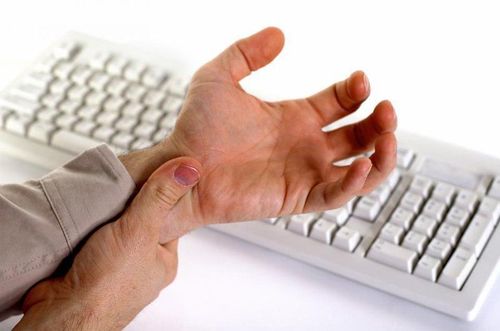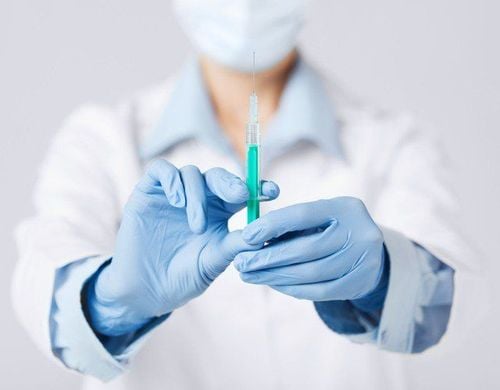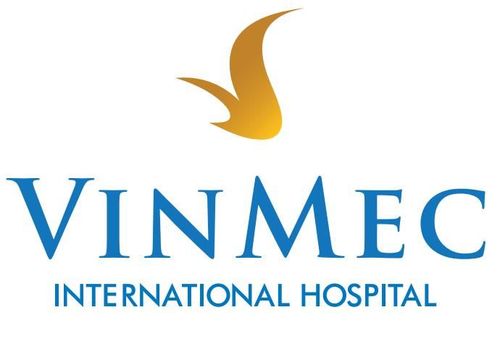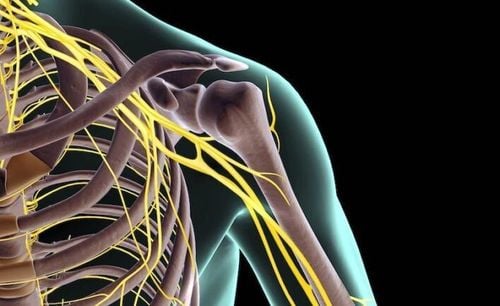This is an automatically translated article.
Brachial plexitis is a disease seen mainly in young people, characterized by unilateral shoulder pain and flaccid paralysis of the arm muscles.
1. What is brachial plexitis?
Brachial plexus is formed by the anterior roots of cervical spinal nerves C5, C6, C7, C8 and T1 thoracic nerve. The brachial plexus plays an important role in controlling sensation and movement of the shoulders, arms, and hands.
Brachial plexitis is a form of neuromuscular atrophy caused by damage to the lower motor neurons of the plexus or some of its branches. This is a rare disease, mainly appearing in young people, characterized by unilateral shoulder pain and flaccid paralysis of the arm muscles. The illness usually lasts from a few days to a few weeks, but can also last for months.
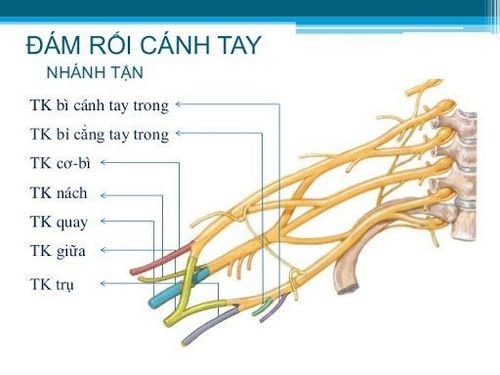
Đám rối thần kinh cánh tay giúp điều khiển cảm giác và vận động của cánh tay
2. Symptoms of brachial plexitis
When suffering from brachial plexitis, the patient will have symptoms such as:
Usually pain in the shoulder and arm on one side, rarely pain on both sides. Patients with hand pain when carrying heavy objects, have difficulty with arm manipulation. Initially, arm pain appeared in a few places, then gradually spread to the whole arm. If the brachial plexus inflammation is severe, the patient will have severe pain, a sharp, stabbing pain, like a stabbing knife. The duration of pain varies greatly from case to case, with some people having sudden onset and stopping within a few hours, some for a few weeks, but in some cases the pain lasts up to 18 months.

Đau vai là triệu chứng thường gặp của bệnh viêm đám rối thần kinh cánh tay
After the pain subsides, shoulder weakness appears and becomes evident for two weeks. Weakened muscles are the deltoid, anterior serosa, supraspinatus, and subspinous. Patients may experience mild, transient numbness. Injury to the diaphragmatic cord causing shallow breathing occurs in 5% of cases. In some variants, brachial plexitis may be accompanied by damage to multiple cranial nerves such as nerves IX, X, XI, and XII. Brachial neuralgia without timely treatment will cause many dangerous complications such as arm numbness, arm atrophy, even paralysis.
3. How is brachial plexitis diagnosed?
To diagnose brachial plexitis, your doctor will consider your clinical symptoms, personal and family medical history. A number of paraclinical tools can be used for diagnosis such as:
Electromyography: is a diagnostic procedure that evaluates the health of muscles and the nerve cells that control them. Electromyography for patients with brachial neuralgia may show decreased range of motion and loss of nerve conduction. The picture is clearly visible 1-3 weeks after the symptoms of the disease appear. Magnetic resonance imaging (MRI), blood tests, biochemistry, immunology, cerebrospinal fluid, ... help support the differential diagnosis of brachial plexus inflammation and other diseases.
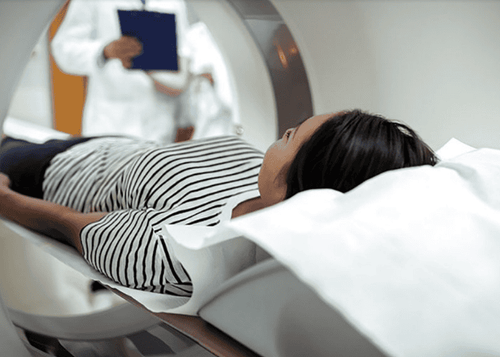
Để chẩn đoán bệnh viêm đám rối thần kinh cánh tay, người bệnh cần chụp MRI
4. How to treat brachial plexus disease?
Patients who are treated early often have a good clinical response. The commonly used drug is corticosteroids, the usual dose is 80mg/day intravenously. In addition, it can be treated with non-steroidal anti-inflammatory drugs (NSAIDs), muscle relaxants, nerve pain relievers, nerve conduction enhancers,...
Physical therapy helps relieve pain and maintain range movement and prevention of stiff joints. Methods are often performed such as heat therapy, electrical stimulation, acupuncture, acupressure massage, spinal stretching,...
In cases of severe paralysis of the brachial plexus, poor response With medical treatment, the doctor can prescribe surgical methods such as:
Nerve transplant: replacing the damaged part in the nerve plexus with a cord taken from another part of the body to restore rehabilitation of the arm. Nerve conversion: the surgeon will operate to remove a less important nerve and connect it to the target muscle in the tendon so that the patient quickly recovers movement.
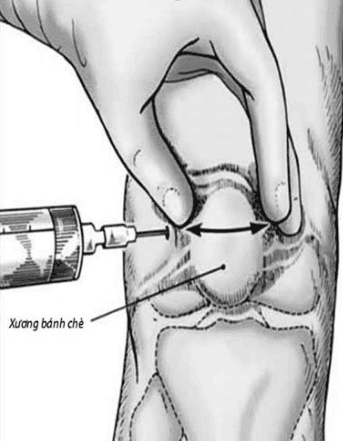
Bệnh viêm đám rối thần kinh cánh tay có thể được điều trị bằng tiêm tĩnh mạch corticoid
Brachial plexitis is a rare and common form of disease in young people. The disease can leave dangerous complications if not diagnosed and treated promptly. Therefore, when you see symptoms of the disease, you can go to medical centers for examination and treatment.
Vinmec International General Hospital is the address for examination, treatment and prevention of diseases, including Neurology. When performing the examination process at Vinmec, customers will be welcomed and used modern facilities and equipment along with perfect medical services under the guidance and advice of experts. Good doctors, well-trained both at home and abroad.
Please dial HOTLINE for more information or register for an appointment HERE. Download MyVinmec app to make appointments faster and to manage your bookings easily.




